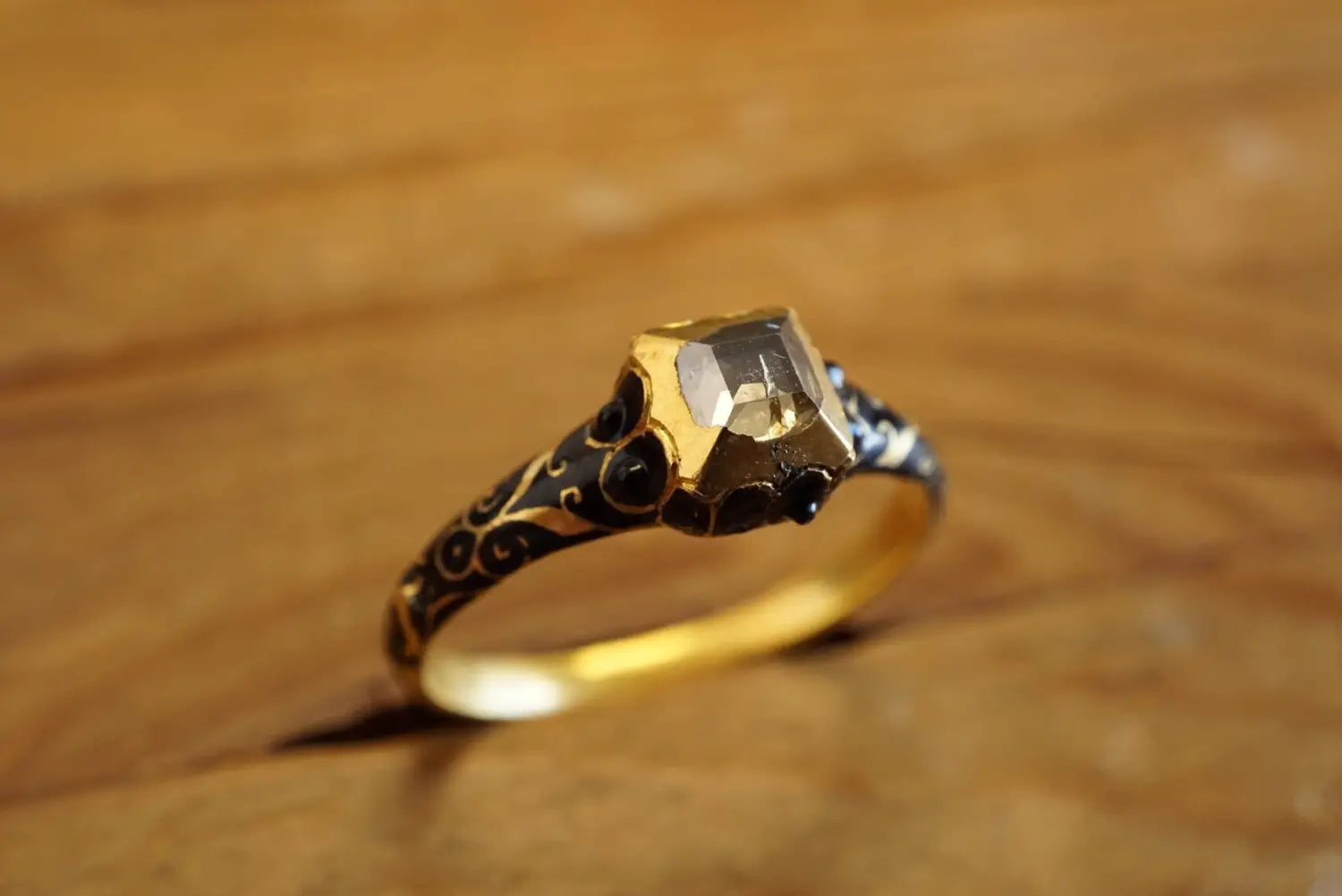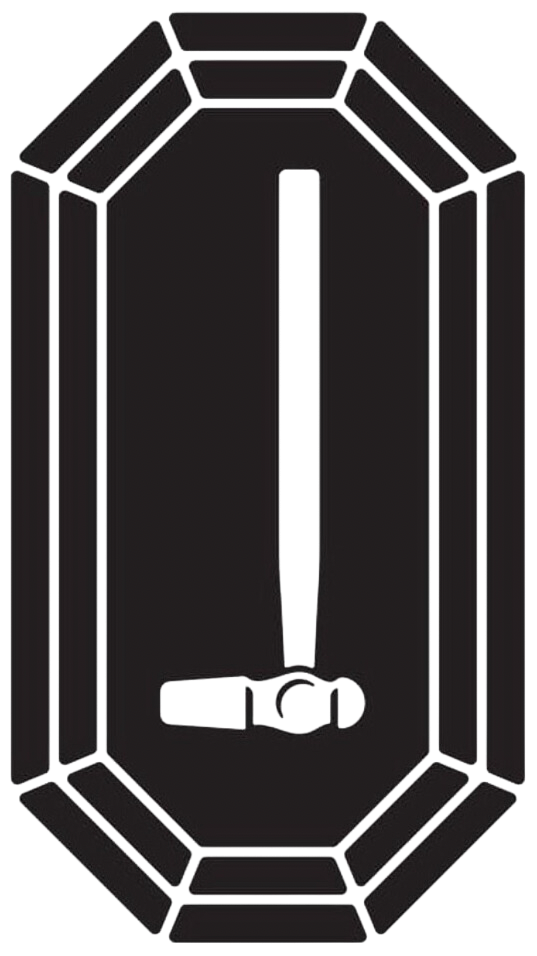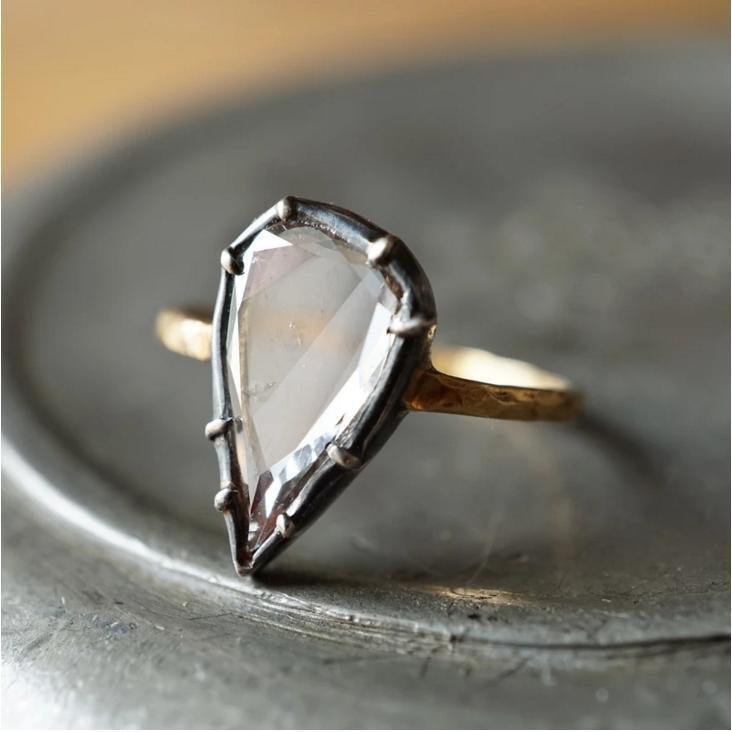
Antique Cut Diamonds: Table Cut
When the early lapidary artists first applied a flat facet to the top of a natural diamond crystal, the table cut was born, representing a significant breakthrough in diamond cutting and the first widely recognized diamond cut.
For centuries prior to this development, natural diamond crystals (also known as rough) were valued in ancient India, where diamonds were first discovered around the 4th century B.C. This was due, in part, to diamond being the hardest natural material on Earth and the lack of knowledge and skill at the time to cut it. But it also had something to do with the shapes of natural diamond crystals.
In their most common forms, natural diamond crystals are shaped as eight-sided octahedrons, which look like two pyramids joined at their bases, or as twelve-sided dodecahedrons, which are said to represent the universe. These two powerful shapes no doubt attributed to the allure of this precious gem, with the most well-formed believed to possess great mystical powers. This made them highly desirable in ancient India.
As natural diamond crystals made their way to other parts of the world such as Europe, it’s likely that many of these coveted, well-formed octahedral and dodecahedral shapes remained in India. Early lapidary artists, aware that diamonds could alter other diamonds to intensify their beauty, became inventive with the more misshapen rough.
The first table cut—said to appear in the 15th century—was a natural diamond crystal in an octahedral shape with one point removed, (which amounted to less than half of the diamond), and the point on the opposite side flattened. The result was a diamond with a flat, square-ish facet on top and a flat culet, while the remaining eight crystal faces formed four simple facets at a bevel angle on the crown and four on the pavilion.
Lapidary artists soon realized that the table facet greatly improved the appearance of a diamond. It was as if taking off one of the points had unlocked a diamond’s hidden brilliance, sparkle, fire and dazzling beauty. Jewelry designers, in turn, endeavored to create designs that could exhibit this new diamond cut to its fullest potential. The results were works of art with delicate design details and fine enameling.
With advancements in technology, lapidary artists learned that they could add more facets to diamonds with greater ease, which enabled them to produce a wider variety of diamond cuts. Several of the diamond cuts we admire today evolved from the table cut, such as the step cut, the predecessor to the emerald cut and its closely related Asscher cut.
Emerald cut and Asscher cut diamonds are essentially the same cut, with emerald being rectangular and Asscher being square. Both cuts produce flat tables and step cuts, which are facets that run along the lengths of their undersides. Emerald cut and Asscher cut diamonds have less facets than brilliant-cut diamonds, which have facets that extend to the girdle and converge at the culet. However, the glassier look of emerald cut and Asscher cut diamonds gives them an elegant, classy feel that’s a great testimony to the original table cut.


